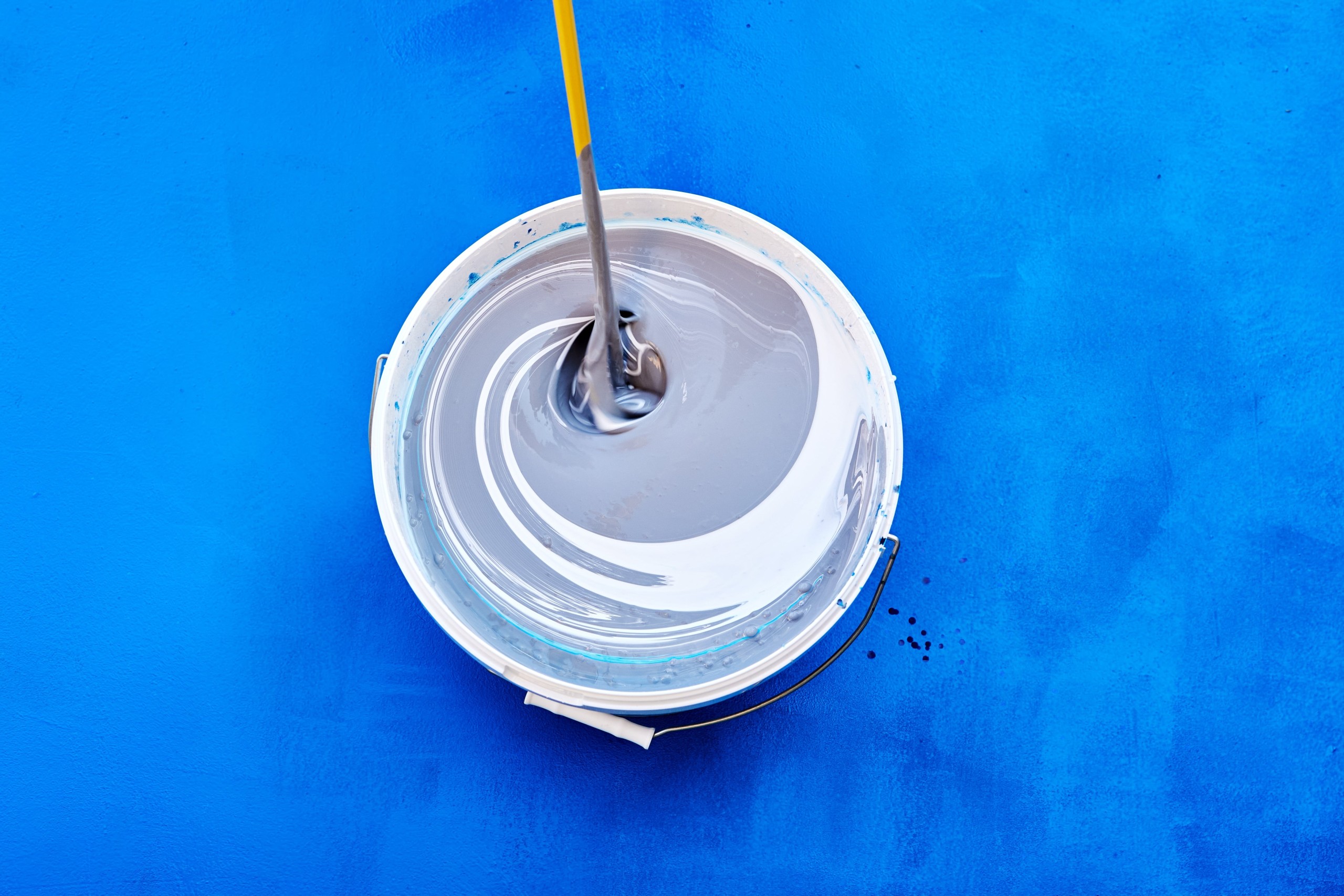
When it comes to painting projects, whether for your home or business, understanding the differences between interior and exterior paint is essential.
In preparation, many DIY enthusiasts and small business owners often wonder, ‘Can you mix interior paint with exterior paint?’ While this question is often considered as an intuitive way to save time and money, mixing paints can lead to major issues.
This blog seeks to unravel the complexities surrounding interior and exterior paint by breaking down their key differences and the risks involved in mixing them so your next painting project a success.
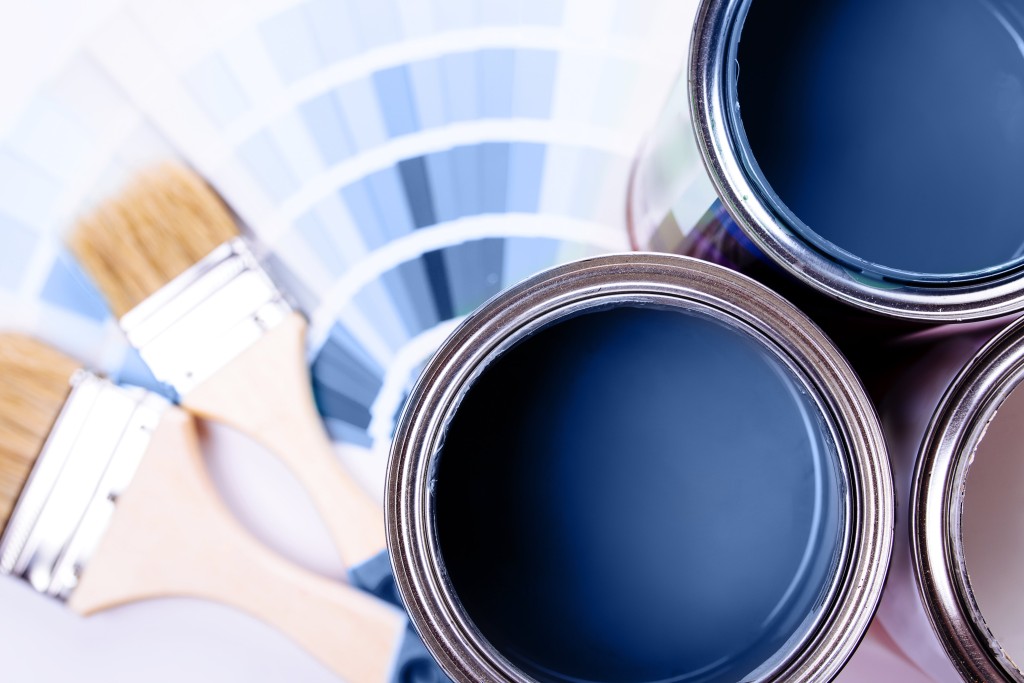
What Are The Differences Between Interior and Exterior Paint?
When done right, painting the interior and exterior of your property can significantly increase its visual appearance and market value. However, because they’re exposed to different types of environments, both paints typically contain different additives and resins, as well as other noteworthy chemicals.
Understanding these differences and their effects can help you choose the best suitable paint to enhance your property’s look and value. Here are several notable differences between interior and exterior paint:
Resins and Binders
To meet the demands of their respective environments, interior and exterior paint have different resins and binders. For example, because indoor surfaces are more likely to encounter spills and stains, interior paint uses resins and binders that emphasise washability and stain resistance, such as acrylics and alkyds.
By contrast, the exterior of a property is exposed to a variety of outdoor challenges, such as direct sunlight and mold and mildew exposure. Exterior paint contains weather resistant resins and binders that interior paint doesn’t, such as urethane, which creates a hard protective film to protect the paint from harsh, outdoor challenges.
Aesthetic Appearance
Exterior paints are designed to withstand harsh environmental conditions, so they usually focus more on durability and colour retention, limiting your finish options compared to interior paints.
Despite having fewer finishing options, however, there are some excellent choices that can give your property’s exterior a striking appearance.
For example, a satin finish can give your property a smooth, stylish appearance that emphasises its architectural details, while a semi-gloss finish can give your exterior a polished look that provides outstanding resistance to moisture and mildew.
Conversely, interior paints offer a much wider variety of finish options and colour, shade and tint choices, giving you more creative freedom to pick out the perfect colours for your indoor spaces.
Additionally, interior paints are easier to touch up than exterior paints, because they experience less exposure to environmental conditions. This makes it far easier for you to maintain your paint’s appearance on interior surfaces than exterior ones.
Flexibility and Adhesion
The flexibility and adhesion of paint is what determines how well it will adhere to surfaces and last over time.
Indoor conditions are generally stable, so with this in mind, interior paints are designed with moderate flexibility to maintain a smooth appearance. Exterior paints, on the other hand, require greater flexibility to stretch and contract without cracking or breaking while exposed to the dynamic conditions of outdoor environments.
Interior paint prioritises strong adhesion to ensure it adheres firmly to indoor surfaces without peeling or flaking. While interior and exterior paints both include strong adhesive properties, exterior paints usually provide stronger adhesion to hold up against harsh weather conditions such as rain and UV rays.
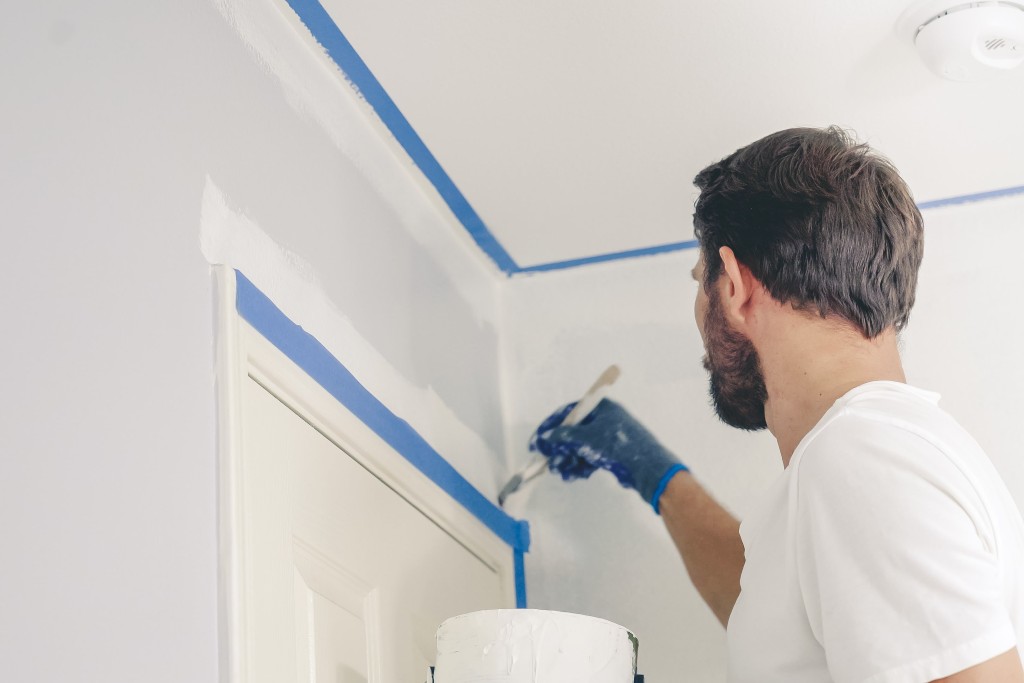
What Are The Risks of Mixing Interior and Exterior Paint?
Because interior and exterior paints are made up of different formulations, and are used in different environments, mixing the two together can present some significant risks. Here are several mixing risks for you to be aware of:
Performance Issues
Interior paints prioritise features that are ideal for indoor environments like washability and scrub resistance, so mixing them with exterior paints may compromise these qualities and affect the quality of your indoor surfaces.
Conversely, because exterior paints are designed with chemicals that make them durable and resistant to the elements, using mixed paint on your exterior surfaces can weaken its ability to withstand volatile weather conditions.
Health and Safety Concerns
Exterior paints often contain higher levels of VOCs (Volatile Organic Compounds) and additives such as UV blockers. Because of this, it’s essential you don’t mix interior and exterior paints when painting indoors, as this can pose a number of health risks to the occupants, including respiratory problems, dizziness and headaches.
Warranty and Liability Issues
Manufacturers provide specific guidelines and warranties for using interior and exterior paint bases. Therefore if you mix your paints, you may not be entitled to a refund if the paint fails to perform.
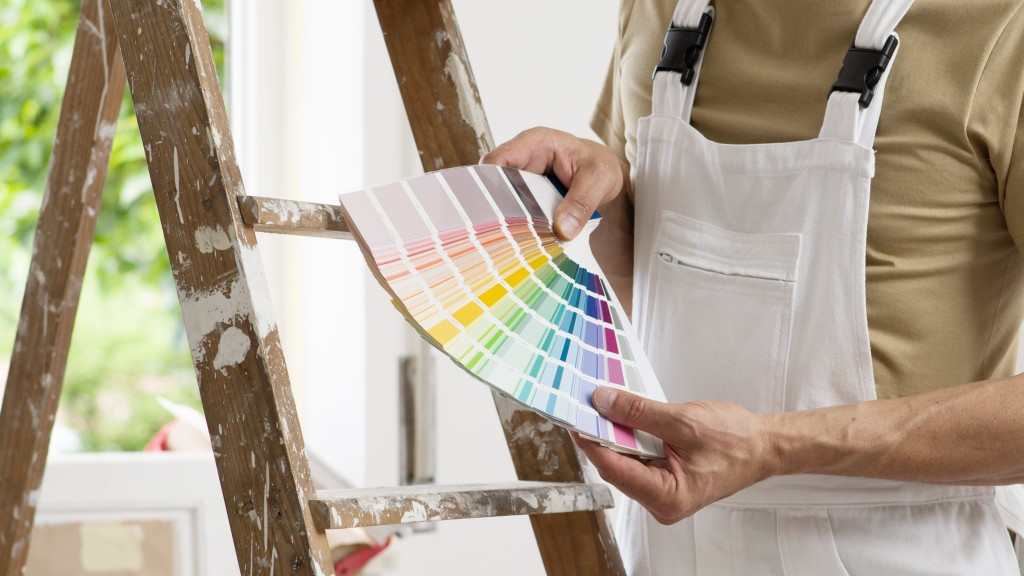
What Are The Best Practices For Choosing The Right Paint?
To guarantee your next painting project is a success, here are some excellent best practices for you to follow:
- Assess the Environment: Spend some time assessing the surfaces you wish to paint, paying close attention for any cracks, peels or structural issues, as well as dirt, grease and mildew on outdoor surfaces. By noticing any of these, you can take the necessary steps to clean, sand and prime them, making for greater paint adhesion and durability.
- Select the Most Appropriate Paint: Choosing interior paint for indoor spaces and exterior paint for outdoor surfaces is essential for getting your paint job right.
- Consider Using Durable Paints: if you’re planning on painting high-traffic areas, like your kitchen and bathrooms, durable interior paints can offer greater protection to your surfaces. They’re also cost-effective, as they’ll keep your walls looking fresh longer, reducing the need for costly repainting jobs and maintenance repairs.
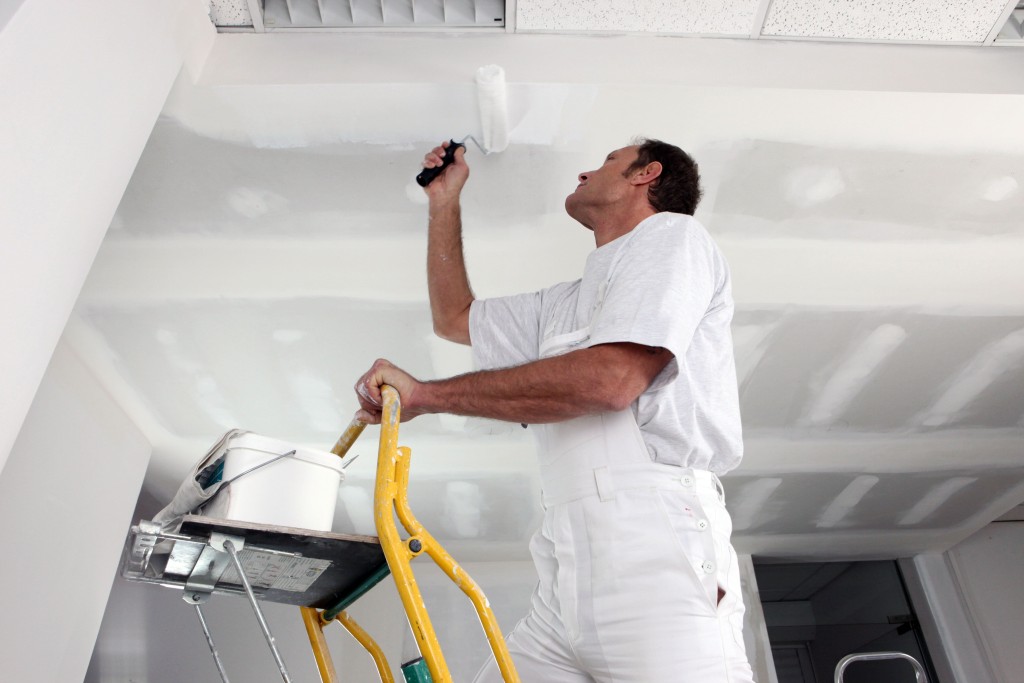
What Are Some Excellent Alternatives?
During your painting project, there are some great alternatives and solutions that can make your experience an enjoyable and successful one, including:
Proper Disposal Methods
While mixing interior and exterior paints can be tempting, especially if you have considerable amounts left you don’t want to waste, it’s important to keep them separate.
Instead, follow your local guidelines for paint disposal. There are numerous paint recycling centres and waste removal services you can contact to get rid of your leftover paints.
Consider The Needs of Your Project
Some paint manufacturers sell paint products designed for both interior and exterior use. These paints work by balancing the properties required for indoor and outdoor environments.
However, it’s important to consult with the manufacturer about these products to ensure they meet the specific needs of your project.

Consult with Elite Painting for Tailored Advice
Mixing interior and exterior paints is fraught with risks that can waste your time and money, and compromise the quality and durability of your painting projects.
With an understanding of the differences between interior and exterior paints, and having knowledge of professional tips and tricks, you can ensure your painting project is a success.
For a lasting and professional finish that boosts your property’s image and value, don’t leave it to chance. Get in touch with Elite Painting today and let our highly experienced team give your property the flawless finish it deserves.
